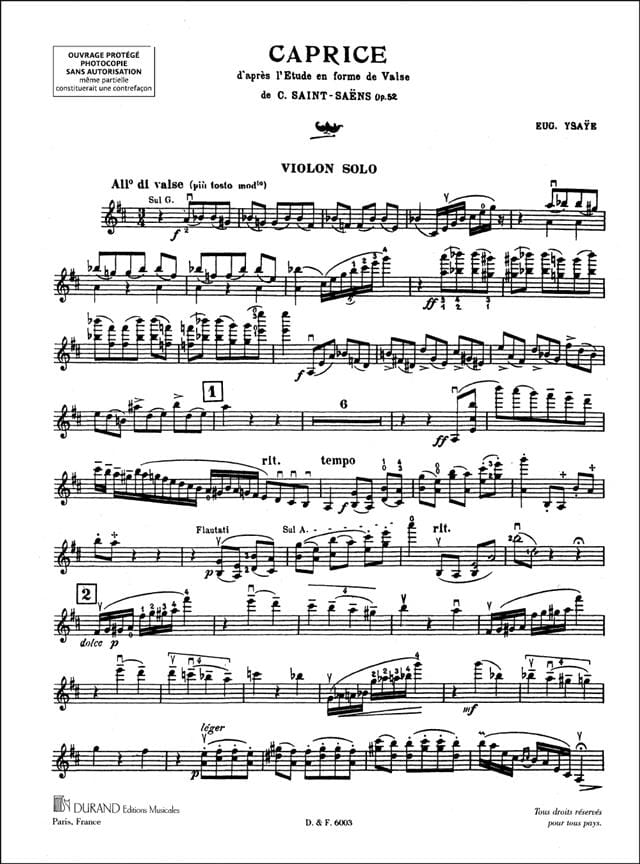

If you have any suggestions or comments on the guidelines, please email us.
We cannot post your review if it violates these guidelines. Avoid disclosing contact information (email addresses, phone numbers, etc.), or including URLs, time-sensitive material or alternative ordering information. Please do not use inappropriate language, including profanity, vulgarity, or obscenity. Be respectful of artists, readers, and your fellow reviewers. Feel free to recommend similar pieces if you liked this piece, or alternatives if you didn't. Are you a beginner who started playing last month? Do you usually like this style of music? Consider writing about your experience and musical tastes. Do you like the artist? Is the transcription accurate? Is it a good teaching tool?  Explain exactly why you liked or disliked the product. All these elements combine to make for an enjoyable and challenging piece for saxophonists. It contains typically French characteristics including chromaticism and difficult technical passages. Caprice en forme de Valse, however, was particularly acclaimed for having no accompaniment and for its flexibility to be performed on all members of the saxophone family.
Explain exactly why you liked or disliked the product. All these elements combine to make for an enjoyable and challenging piece for saxophonists. It contains typically French characteristics including chromaticism and difficult technical passages. Caprice en forme de Valse, however, was particularly acclaimed for having no accompaniment and for its flexibility to be performed on all members of the saxophone family. 
Bonneau's composing was highly versatile, ranging from over fifty film scores, operettas, songs and other pieces for saxophone, including a concerto. Published by Alphonse Leduc (HL.48181324).Īs the saxophone is commonly associated with the jazz style, classical music for the instrument had always been lacking, so when Paul Bonneau composed his Caprice en forme de Valse for solo saxophone in 1950, it was well-received by performers and listeners of the genre.







 0 kommentar(er)
0 kommentar(er)
